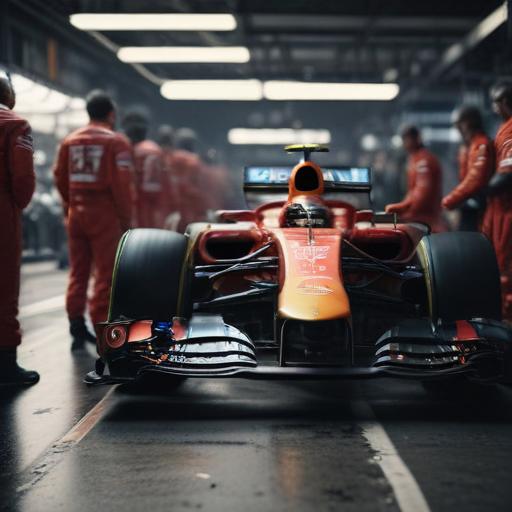During the recent pole qualifying for the Indy 500, Team Penske faced the unexpected setback of having their cars, driven by Josef Newgarden and Will Power, disqualified due to the use of unapproved modifications on rear attenuators. This adjustment resulted in both vehicles being moved to the back of the starting grid.
The rear attenuator, an essential component of an IndyCar, functions primarily to absorb impacts during crashes and minimize the g-forces experienced by the driver. An updated version of this part was introduced by IndyCar in early 2023, significantly improving the design to enhance safety. However, a later bulletin mandated teams to revert to an older version of the attenuator for the Indy 500, making the current situation more complex.
In the weeks leading up to the Indy 500, officials at Dallara released updated attenuators, but Team Penske leadership was reportedly not satisfied with the aesthetics of the newly glued panels. In an effort to improve their appearance, technicians modified these parts, which ultimately led to the penalties when the modifications were identified during the technical inspections.
Team Penske’s cars had reportedly been using these modified attenuators for over a year without detection. The recent penalties raised questions about the effectiveness of IndyCar’s technical inspection process as competitors reported concerns about the modified components.
Although smoothing the transition between parts could theoretically improve aerodynamics, discussions among experts concluded that the changes likely did not confer any significant performance advantage, particularly since the modified parts were found to have been used on various tracks throughout the season, not exclusively on ovals.
IndyCar’s rulebook provides clear guidelines on modifications, and while Team Penske’s actions may have been more aesthetic than performance-enhancing, they still constituted a violation. The penalties, which resulted in Newgarden and Power starting from the back of the field, sparked debates about their severity given that they had previously secured their positions in the qualifying rounds.
The implications of this incident highlight the need for a review of the technical inspection protocols in IndyCar. Implementing more sophisticated methods, such as digital imaging to promptly identify modifications and an improvement in the approval process for part designs, could help avoid such issues in the future.
This incident serves as a cautionary tale for teams about adhering to regulations and the crucial role of technical scrutiny in motorsports. It is hoped that this situation will lead to stronger compliance and clearer communication between teams and governing bodies, ensuring fairness and safety within the competitive landscape.
